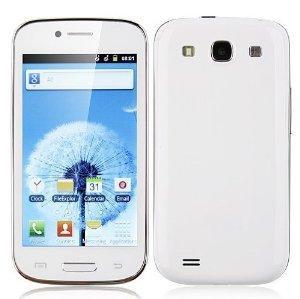These days, everyone has their “device” of choice. There’s always been a great divide of sorts when it comes to people who favor Apple products versus those who prefer PCs. Now, there are so many different types of tablets, laptops, smart phones, and desktop computers.
In an office setting, it’s nearly impossible to please everyone when it comes to technology. Everyone is used to using their own devices at home and may be loyal to one platform over another. Personally, if you handed me any smartphone other than an iPhone, it would take me a while to figure it out, whereas I have friends who are loyal to their Android powered phones or Blackberries.
Of course you want everyone in your office to be happy with the device/computer/phone that they have to work on. People who are familiar with the platform they are working on are often able to be more productive. In the past, companies have always provided their employees with their choice of computer and/or phone. Depending on the industry, different types of devices might be more popular. But lately, more and more companies are switching to a BYOD (bring your own device) policy.
Here are some reasons that BYOD can be a great alternative for small businesses –
- Less up front cost – instead of having to purchase a whole fleet of cell phones all at once, typically BYOD companies will pay a portion of the employees’ personal phone bill instead.

- Employees don’t have to have multiple devices – at a company that my boyfriend used to work for, they issued iPhones to each manager. Great, in theory, but it left ¾ of the staff to carry around TWO iPhones all of the time. The company could have saved a ton of time and money by just offering a stipend to each manager. Plus, employees wouldn’t have to have two phones.
- Laptop vs. desktop – if employees bring their own devices, they can choose if they prefer a laptop, desktop, or both.
- Easier to work on the go – instead of having to come into the office to use computers or phones, employees can work on the go through the use of the cloud if they use devices that they already own.
There are a few potential downsides to the BYOD practice as well, as with anything. It makes it tougher to track employee productivity. It may take time for someone to replace a lost, stolen, or broken device. But if you take these things into consideration before implementing the practice and put policies in place, bringing your own device can make for a productive work environment.


